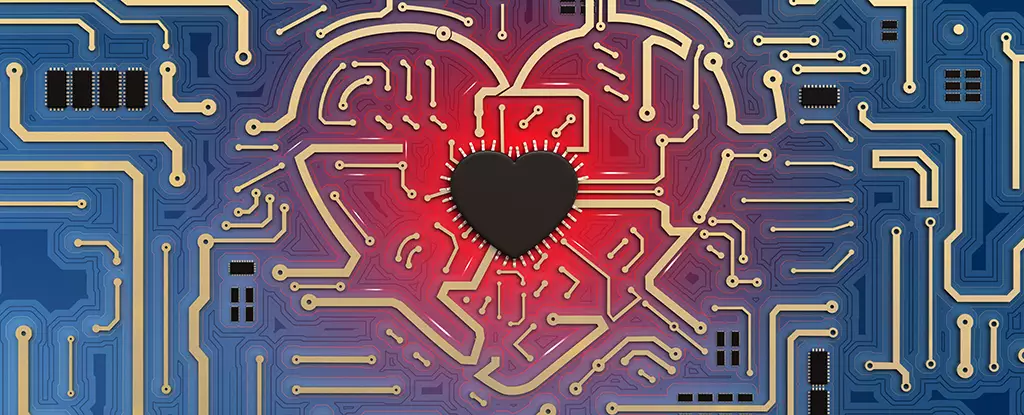Simulating Human Organs: The Role of ‘Heart-on-a-Chip’ Models in Medical Research
Simulating human organs in the lab in miniature form has become an invaluable tool in medical research. Researchers at Cedars-Sinai Medical Center in Los Angeles have developed a groundbreaking ‘heart-on-a-chip’ model that shows great potential in testing the safety of cancer treatments. These treatments have been known to pose a risk of heart damage while combating cancer cells. This new heart chip model offers several noteworthy upgrades over previous versions and could potentially reduce the reliance on animal models for drug testing.
Innovative Design Utilizing Human Induced Pluripotent Stem Cells
One significant improvement of this heart chip model is the utilization of human induced pluripotent stem cells (hiPSCs). These stem cells have the ability to transform into any type of cell and were engineered to become heart cells and blood vessel cells. The cells were then placed onto a flexible silicone material called polydimethylsiloxane (PDMS). This innovative design allows for the separation of heart cells (cardiomyocytes) and blood vessel cells (endothelial cells) while still enabling them to interact.
A Step Closer to the Real Thing when Simulating Human Organs
A critical part of the heart chip design is its two parallel channels that mimic the flow of blood and the mechanical movements of the heart. By simulating human organs these vital functions and observing the response to certain drug treatments, researchers can predict potential toxicity problems such as arrhythmia or muscle cell death. This indicates that the heart-chip platform developed by the team at Cedars-Sinai Medical Center holds promise for screening potentially cardiotoxic chemotherapeutic agents in a physiologically-relevant model.
The heart-chip remained functional for several weeks, enabling researchers to conduct longer-term investigations into how drugs and other environmental factors influence the heart. This extended functionality opens up new possibilities for studying the development of safer drugs, as well as the intricacies of heart disease. By understanding how heart disease starts and progresses, researchers can gain insights into potential treatment options.
In recent years, there have been significant advancements in the development and production of organ-on-a-chip models. These models offer super-precise simulations of how different parts of the human body react on the smallest scales. The heart chip developed by the team at Cedars-Sinai Medical Center represents yet another leap forward in this field. The results from their study indicate that heart-chips can be effectively used for drug toxicity screening and may uncover specific toxicities in response to cardiotoxic compounds.
Simulating Human Organs in Conclusion
The development of the heart-on-a-chip model represents a significant advancement in medical research. By utilizing human induced pluripotent stem cells and mimicking the functions of a human heart, researchers can accurately predict potential toxicity problems caused by drug treatments. This innovative technology has the potential to reduce reliance on animal models for drug testing and may provide new insights into the intricacies of heart disease. As we continue to see progress in the field of organ-on-a-chip models, the future of medical research looks promising.
For more on the latest health and medical stories click here


Leave a Reply